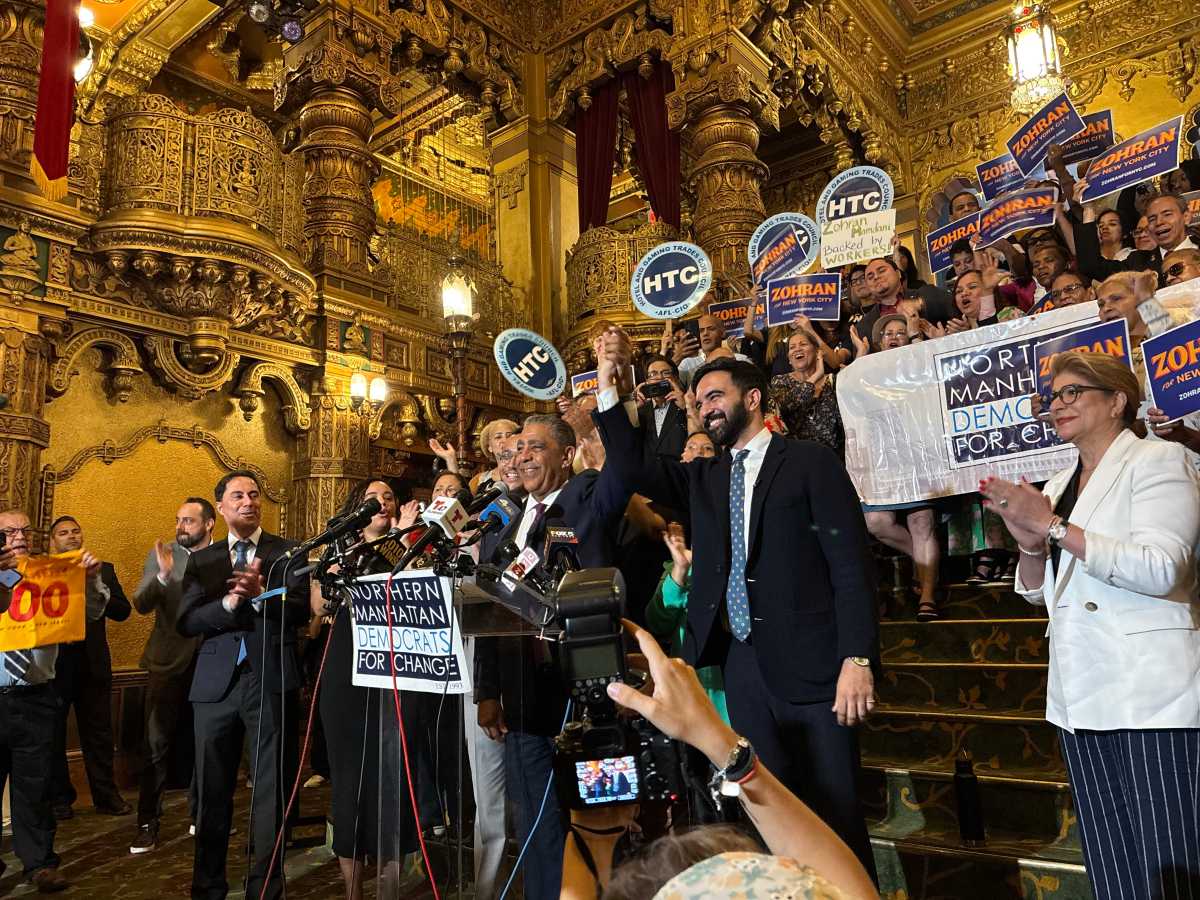(Reuters) – As investors weigh the chances the Federal Reserve will take new measures to ensure short-term interest rates remain anchored near zero for the next several years, strategies that aim to capitalize on a likely steepening of the Treasury yield curve are looking more appealing.
Bond market players are increasingly convinced one of the Fed’s next moves will be to cap yields at a specific point on the curve, by buying 2- or 3-year maturities for example, to reinforce their guidance that rates are not going up anytime soon.
While the Fed’s policy statement on Wednesday at the close of its two-day policy meeting may be too soon to see this kicked off, comments from top Fed officials have fueled expectations that so-called yield-curve control is the next new thing the Fed will roll out to try to foster a solid recovery from the COVID-19 recession that began in February.
“It should be investors’ base case at this point that we get some form of yield curve control in the new few meetings,” said Gene Tannuzzo, deputy global head of fixed income at Columbia Threadneedle. “It’s a new tool in their toolbox and there’s no reason they wouldn’t expand it to the five-year, 10-year or 30-year if it fit their objectives.”
The yield curve is measured by a line plotting the rates of different maturities. A steepening curve, when longer-dated yields rise faster than shorter-dated ones, generally signals a bright economic outlook. Yields move inversely to the price of a bond.
Analysts at TD Securities on Friday recommended investors buy five-year notes, saying the Fed is likely to implement yield-curve control on notes out to three years by year-end, which should also help anchor five-year yields.
The Fed is “probably willing to let the yield curve – from the intermediate-term to the 30-year – to steepen out somewhat,” Jeffrey Gundlach, chief executive of DoubleLine, said in a webcast on Tuesday.
BNP Paribas recommends entering into so-called steepening trades that benefit when the gap between two-year and 10-year note yields widens. It says yield curve controls will anchor short-dated debt yields while improving economic data and heavy Treasury supply will weigh on longer-dated debt.
Benchmark Treasury yields fell to record lows in March as fears over the spread of the coronavirus grew and the Fed slashed the target range for the federal funds rate to between zero and 0.25% in response to the crisis.
Since then, yields have risen on optimism that the economic recovery will be faster than previously expected.
U.S. two-year yields <US2YT=RR> were last at 0.21% after reaching 0.24% on Friday, while three-year yields <US3YT=RR> were 0.26% after rising as high as 0.32% Friday. Five-year yields <US5YT=RR> were at 0.40%, after reaching 0.51% Friday.
The Fed is seen as unlikely to place caps on longer-dated yields anytime soon, although it is expected to continue its bond purchase program that includes longer-ended debt, and it could increase these purchases if yields continue to spike.
“The back end of the curve is more sensitive to market expectations of the recovery,” said Erin Browne, a managing director and portfolio manager focused on asset allocation at Pimco, who expects the steepening to continue.
Targeting short-term debt would be similar to a policy adopted by Australia’s central bank in March, when it implemented a yield target of 0.25% for three-year government bonds. It contrasts with the Bank of Japan, which adopted negative rates as it faces a larger struggle in stimulating the Japanese economy and lifting inflation and has a yield-curve control strategy targeted at the 10-year tenor.
Indeed, Fed Vice Chair Richard Clarida used the example of the Reserve Bank of Australia on May 21, saying yield-curve control was “a natural complement to calendar-based guidance.”
Still, it may be several months until the market gets concrete news on yield control. Curve control “will happen but not yet,” said Nick Maroutsos, co-head of global bonds at Janus Henderson Investors, about Wednesday’s Fed meeting.
“We will likely get some forward guidance and the standard commitment to maintain stimulus where needed,” he said. “In my opinion it will be a snoozer.”
(Reporting by Karen Brettell and Kate Duguid in New York; Additional reporting by Sujata Rao-Coverly in London; Editing by Megan Davies and Leslie Adler)




















